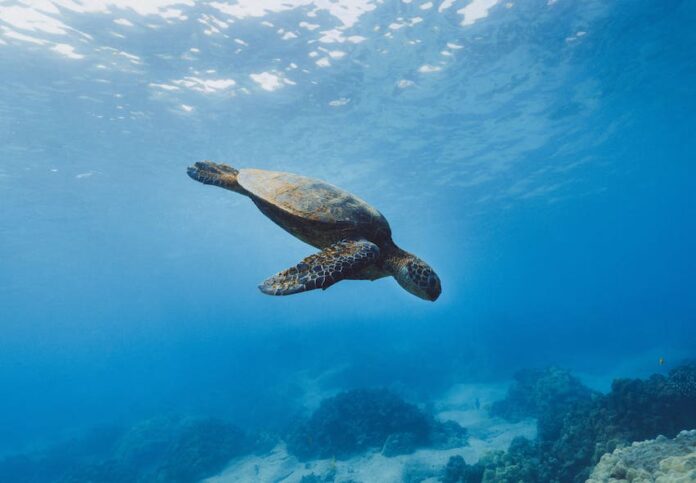Edited by Anna Popper
The Ecuadorian Government, led by President Guillermo Lasso Mendoza, announced on 9 May 2023 a milestone that will mark the history of financial transactions for the benefit of mankind, taking a key step in the transition to an economy where diplomacy, conservation and finance go hand in hand to generate welfare.
Ecuador, which has become a world-class reference with its public policy of ecological transition, has achieved the largest debt-for-nature conservation swap in the world and the most important in human history, generating a significant saving of $1.1 billion in debt for the country, which will invest $450 million in protecting the Galapagos Islands. In this way, Ecuador protects its irreplaceable natural resources, reduces public debt, increases fiscal stability and creates opportunities to meet other basic needs such as health care and education. With this historic transaction, Ecuador continues to build confidence among investors and lenders worldwide, which could provide even more opportunities for future job creation and economic growth.
These efforts will strengthen the protected areas of Galapagos, namely its two Marine Reserves and the National Park, prioritising monitoring tasks, control and patrolling, which will ensure the integrity of the archipelago’s key marine ecosystems, including critically endangered migratory species such as whales, hammerhead sharks and sea turtles, among others. The resources will also support Ecuador’s work to monitor ocean health, promote sustainable fishery and strengthen climate resilience.
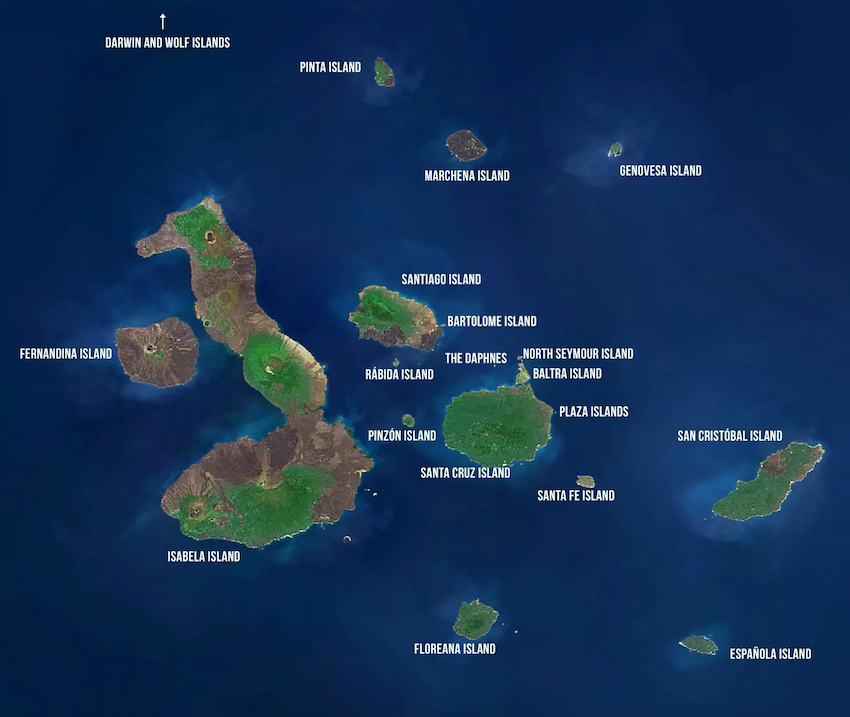
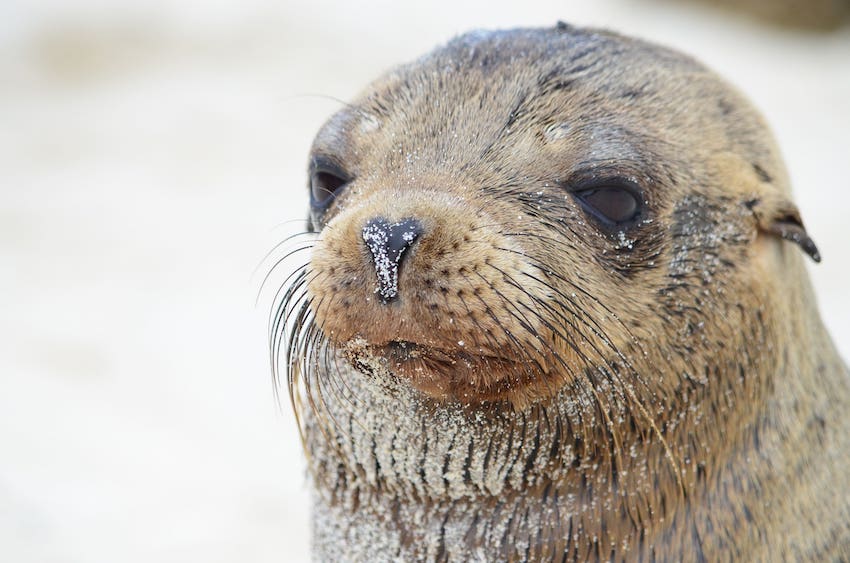
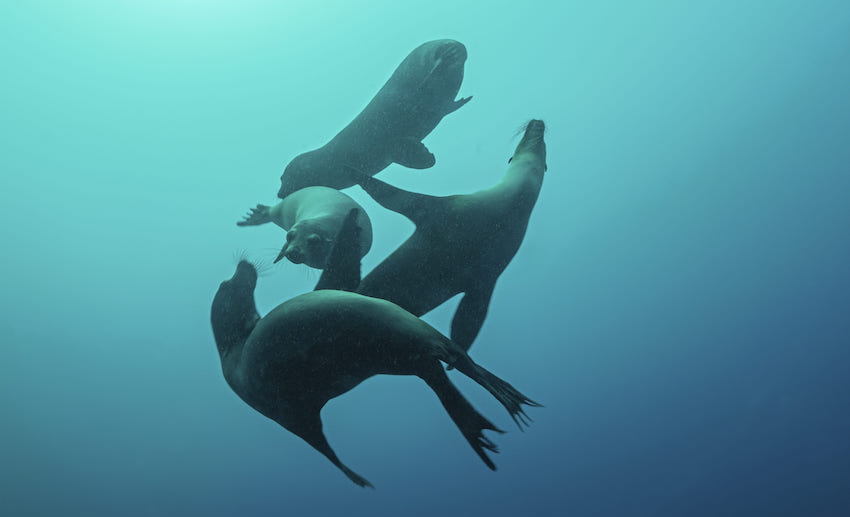
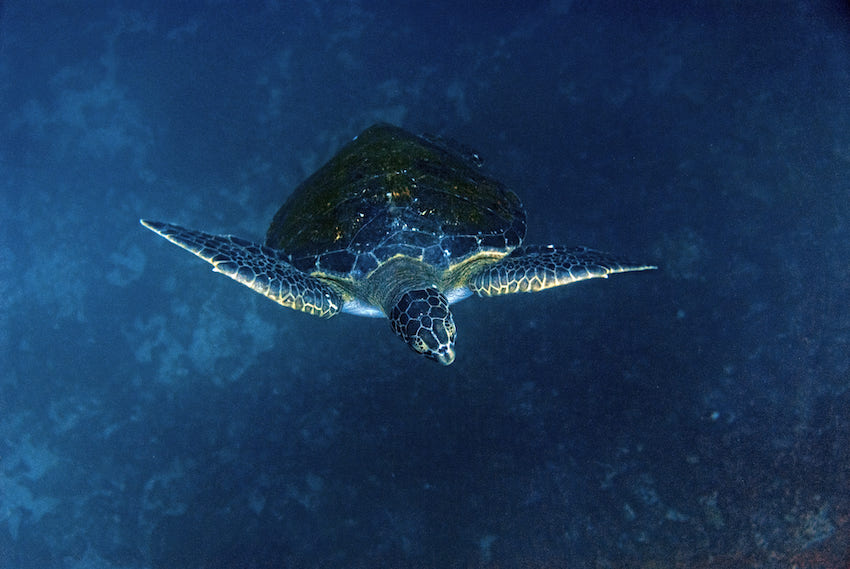
The debt-for-nature swap is a historic milestone that marks a turning point in the country’s environmental and economic development. Thanks to the commitment of the Ecuadorian government, nature conservation ceases to be an isolated issue and becomes a global, coordinated and cooperative action of all inhabitants of this planet. Strengthening the management of the marine reserve and other protected areas ensures that new generations can continue to enjoy the ecosystem of this heritage of Ecuadoreans and humanity in general.
The agreement fulfils President Guillermo Lasso’s promise to guarantee resources in perpetuity to manage and strengthen the Galapagos Marine Reserve and the new “Hermandad Marine Reserve”, which encompasses nearly 200.000 square kilometres.
Constant dialogue and consensus among the community, fishermen, environmentalists, academics and non-governmental organisations were essential to successfully expand marine protection and to define the activities to be financed by the debt conversion. This financial mechanism demonstrates Ecuador’s strong commitment to move towards an ecological transition that will lead to a productive, inclusive and sustainable economy.
“We understand its value and we treasure nature because of what it gives to our people and our economy” – Gustavo Manrique Miranda, Minister of Foreign Affairs of Ecuador
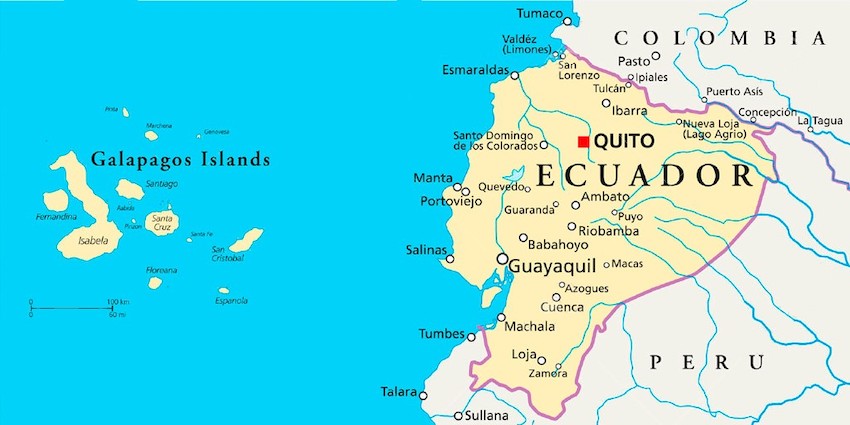
There Is No Place on Earth Like the Galapagos Islands
“The natural history of this archipelago is very remarkable: it seems to be a little world within itself.” – Charles Darwin
An ecological treasure and part of Ecuador’s natural heritage, the Galapagos Archipelago lies in the Pacific Ocean. The Galapagos consist of 19 volcanic islands with drastically various landscapes, lying 970 kilometres off the coast of Ecuador. Their total land area is 8,010 square kilometres. The equator runs through the volcanoes on Isabella Island.
The Galapagos Islands were discovered in 1535 by the Bishop of Panama, Tomás de Berlanga, while his ship had drifted off original course en route to Peru, and he named them Las Encantadas (“The Enchanted”). In his writings, he was astonished by the thousands of large galápagos (tortoises) found there. From the 16th century, the islands were the scene of Spanish voyagers, pirates, and whale and seal hunters.
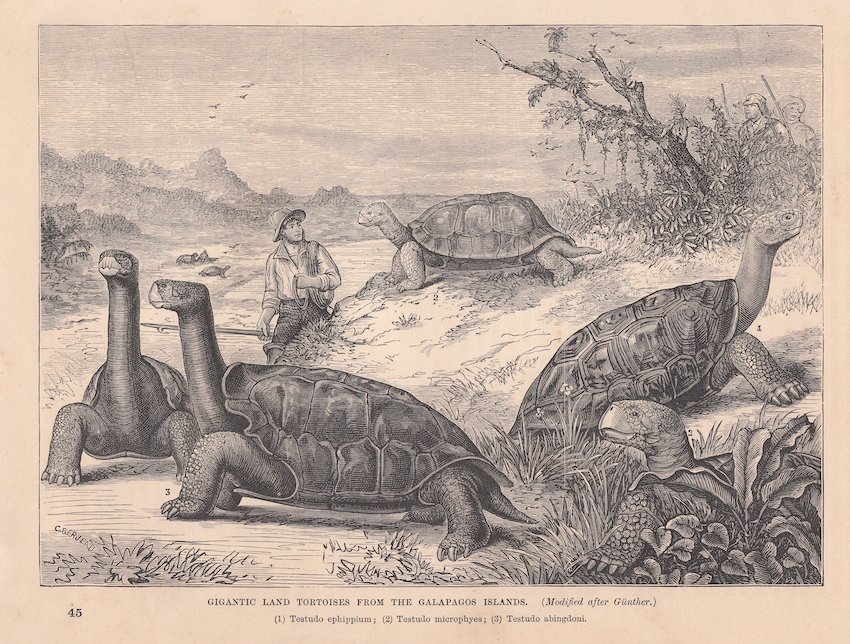
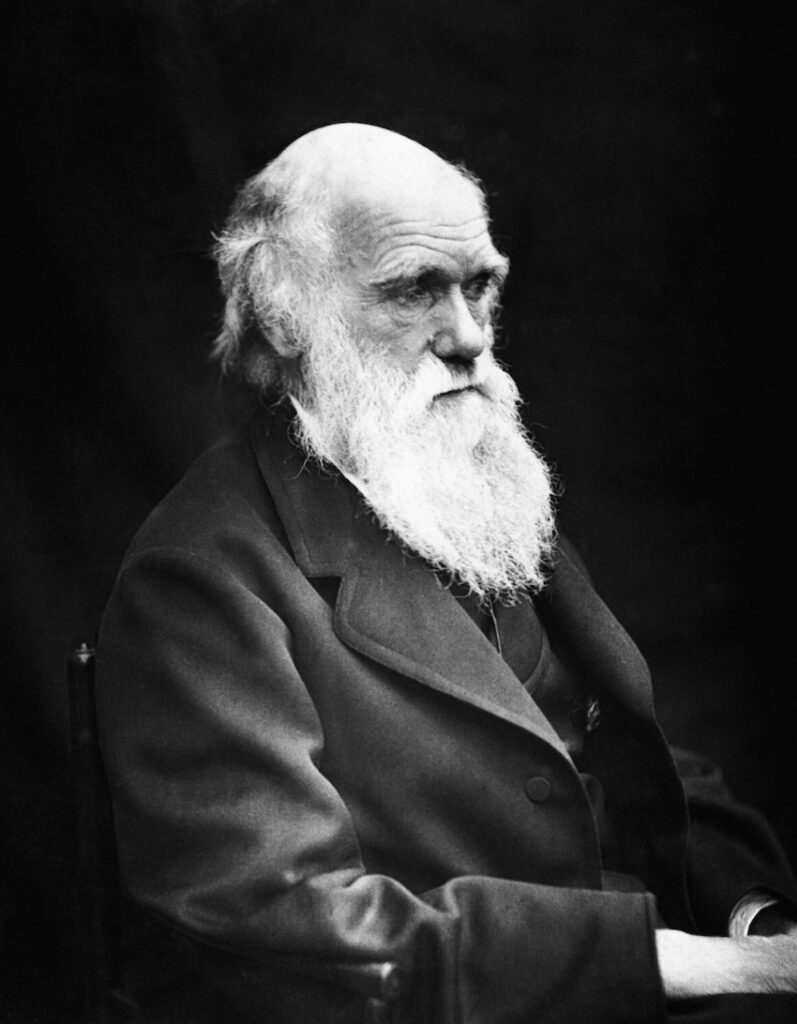
In 1832, the Galapagos Islands were annexed by Ecuador after the country had gained its independence from Spain in 1822. The islands became internationally renowned through the visit of the young English naturalist Charles Darwin (1809-1882) to the Galapagos, as the last stop in South America of H.M.S. Beagle Royal Navy ship, in 1835, during their voyage and expedition between 1831-1836. Darwin was very impressed by the unique fauna and abundant wildlife of the isolated islands, where many species have changed little since prehistoric times. The scientific experience and evidence gathered by Darwin largely contributed to the development of his scientific theories on evolution by natural selection, clearly conceived in 1839. During the whole journey on ship, Darwin wrote a diary recording their activities day by day. Half year after his return to England, in the spring of 1837, Darwin started adapting his Beagle diary for publication as part of the official ‘Narrative’ of the voyage. Darwin’s re-writing was completed in June 1837 and in print by early 1838, but delays with the other volumes meant that they could not be published by Henry Coburn until June 1839 as Journal and remarks. This brought him fame and esteem. Darwin was elected a Fellow of the Royal Society at the age of 30.

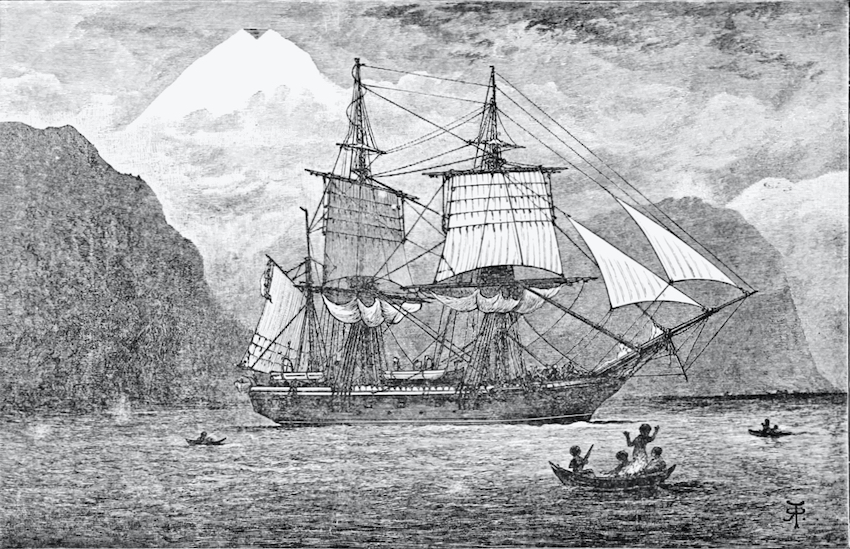
Darwin’s main work, inspired by the ‘living laboratory of evolution’ in Galapagos, “On the Origin of Species” (more completely: “On the Origin of Species by Means of Natural Selection, or the Preservation of Favoured Races in the Struggle for Life”) was published in 1859 and is considered the foundation of evolutionary biology and “Darwinism”. (In 1872, the Hungarian Academy of Sciences elected Charles Darwin as an honorary fellow.)
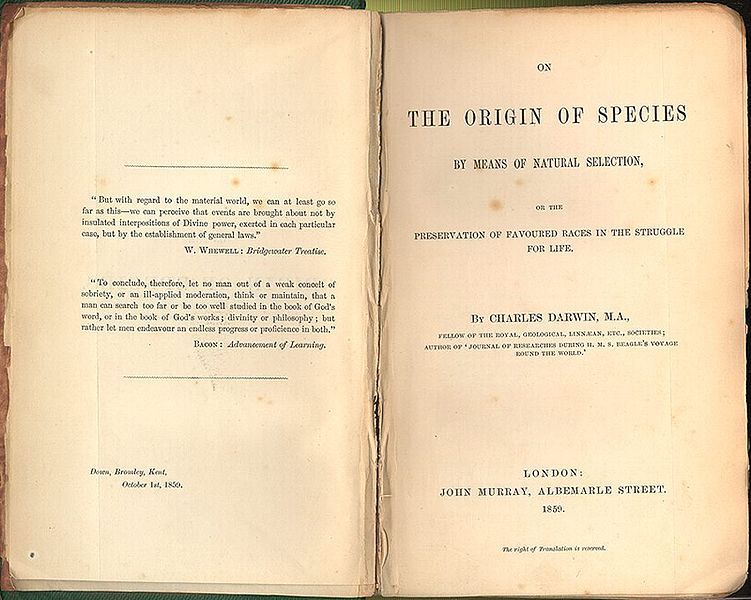
In 1935, the Ecuadorian government designated part of the Galapagos Islands a Wildlife Sanctuary, which became the Galapagos National Park in 1959.
In 1978, the terrestrial area of Galapagos was recognised by UNESCO as one of the first Natural World Heritage Sites ever. In 2001, it was further expanded to include the Galapagos Marine Reserves.
The Galapagos Islands are considered a biodiversity hotspot with thousands of endemic plant and animal species. Some of the unique native species of the archipelago are: the world famous Galapagos giant tortoise (one of the longest living creatures on Earth), marine turtles, land iguana, marine iguana, lava lizard, Galapagos penguins, fur seals, sea lions, whales, sharks and many fish species live here, and it is home to some of the largest seabird colonies in the world.
“Biodiversity is the greatest treasure we have on our Earth. Its diminishment is to be prevented at all cost” – Thomas Eisner, German ecologist, biologist.
The 22nd May was declared International Day for Biological Diversity by the United Nations in 1992 and is celebrated every year.
Source: Embassy of Ecuador in Budapest,
www.unesco.org





